Clary Sage (Salvia sclarea), also known as Clear Eye, Europe Sage, or Eyebright, is a biennial plant belonging to the Lamiaceae family. Native to the Mediterranean region of southern Europe and parts of Central Asia, this edible shrub has a rich history of cultivation and use.
Renowned for its aromatic properties, clary sage produces fragrant oils often used in perfumes and as flavoring in wines and liqueurs. Its vibrant summer blooms add a touch of beauty to gardens, making it a versatile choice for both aesthetic and practical purposes.
| Common name | Clary Sage, Clear Eye, Europe Sage, Eyebright |
| Botanical name | Salvia sclarea |
| Family | Lamiaceae |
| Species | sclarea |
| Origin | Mediterranean region of southern Europe to Central Asia |
| Life cycle | Biennial |
| Plant type | Edible |
| Hardiness zone | 5, 6, 7, 8, 9 |
| Sunlight | Full Sun |
| Maintenance | Medium |
| Soil condition | High Organic Matter |
| Soil ph | Alkaline |
| Drainage | Well-Drained |
| Growth rate | Medium |
| Spacing | 12 in. – 3 ft. |
| Harvest time | Summer |
| Flowering period | Spring |
| Height | 2 ft. – 5 ft. |
| Flower color | Cream, Tan |
| Leaf color | Gray, Silver |
| Fruit color | Brown, Copper |
| Stem color | Green |
| Fruit type | Schizocarp |
| Leaf benefit | Fragrant |
| Flower benefit | Fragrant |
| Garden style | Butterfly Garden |
| Uses | Naturalized Area |
I. Appearance and Characteristics
Salvia sclarea, the clary or clary sage (clary deriving from Middle English clarie, from Anglo-Norman sclaree, from Late or Medieval Latin sclarēia meaning clear), is a biennial or short-lived herbaceous perennial in the genus Salvia. It is native to the northern Mediterranean Basin, along with some areas in north Africa and Central Asia. The plant has a lengthy history as an herb and is currently grown for its essential oil.
Salvia sclarea reaches 3 to 4 ft (0.91 to 1.22 m) in height, with thick square stems that are covered in hairs. The leaves are approximately 1 ft (0.30 m) long at the base, .5 ft (0.15 m) long higher on the plant. The upper leaf surface is rugose, and covered with glandular hairs. The flowers are in verticils, with 2-6 flowers in each verticil, and are held in large colorful bracts that range in color from pale mauve to lilac or white to pink with a pink mark on the edge. The lilac or pale blue corolla is approximately 1 in (2.5 cm), with the lips held wide open. The cultivar S. sclarea ‘Turkestanica’ bears pink stems, petiolate leaves, and white, pink-flecked blossoms on spikes to 30 inches (76 cm) tall.
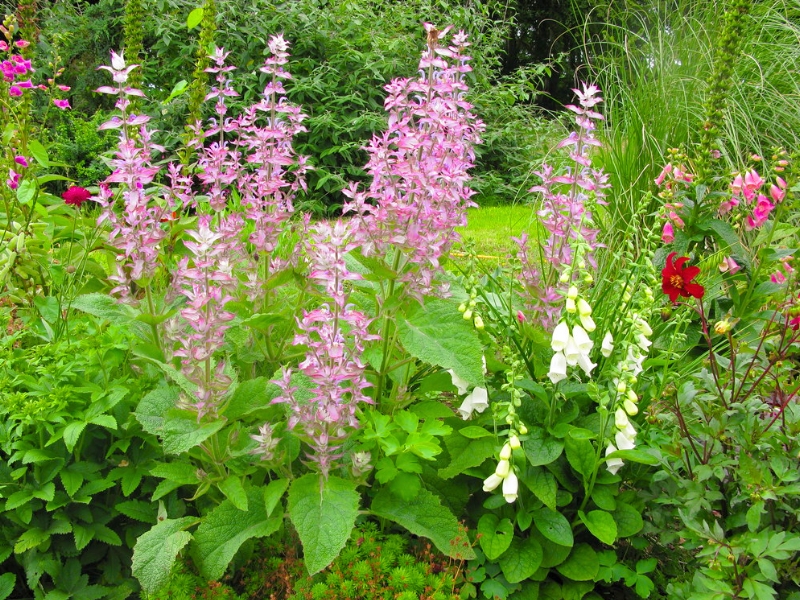
II. How to Grow and Care
Sunlight
Salvia sclarea requires full sun, which is generally defined as a minimum of six hours of direct sunlight daily. There are varieties that will also tolerate partial shade. They are facultative long day plants and flower induction occurs more rapidly under long days. They will flower under any photoperiod, but will flower quicker and better under long days.
Until plants become established, some protection from extreme winds and direct, hot sunlight may be necessary. Good air movement is also important.
Temperature
Clary sage can grow in USDA zone 5-9. It grows best at the temperature of 16 – 19 °C. Once plants reach a saleable size, they can be moved to an open environment with good air movement. Plan ahead on this step because the plant grow very fast coming out of dormancy and can get leggy very quickly if grown too warm.
Watering
Clary sage are very drought tolerant and will do better in drier soil than overly moist soil. Lightly water when the top 2 inches of soil is dry. Keep the soil evenly moist during all stages of growing. The plants require average amounts of irrigation, and overly wet conditions will promote tall, leggy growth.
Substrate and growing media
Salvia sclarea can be grown in containers but grow best in garden beds. They don’t need rich soil, but they must have good drainage. In pots, a mixture of ordinary garden soil mixed with perlite allows water to drain rapidly. The soil pH should be 5.8 – 6.2.
When planting in the garden, prepare the bed by turning the soil under to a depth of 6-12 inches, removing any debris, and lightly raking as level as possible. The addition of organic matter (leaf mold, compost, well-rotted manure) benefits all gardens and is essential in recently constructed neighborhoods. Dig a hole twice the diameter of the container the plant is in. Remove the plant from its container and place it in the hole so the top of the root ball is level with the soil surface. Space plants 1 to 3 feet apart, depending on the variety. Carefully fill in around the plant and firm the soil gently. Water thoroughly and apply a light mulch layer on top of the soil (1-2 inches) to conserve water and reduce weeds.
Fertilizing
Salvia sclarea are light feeders and only occasionally need fertilizer. A light application of a balanced fertilizer or compost in early spring, after new growth appears, can be sufficient. Keep granular fertilizers away from the plant crown and foliage to avoid burn injury. Use low rates of a slow release, as higher rates may encourage root rots.
Pruning
Trimming and pinching can be done early when a fall planting is done. Pinching 2 to 4 weeks after transplant in the fall can assist in building a plant that has a thicker form and also give you more flowers spikes per pot. Trimming is not recommended when forcing plants in the spring or on plants that have been freshly planted in the spring from cooled liners.
Remove spent flower spikes to encourage flowering and prevent seed development. Pinching the growing tips of plants can encourage bushiness.
Mulching
Keep weeds under control during the growing season. Weeds compete with plants for water, space and nutrients, so control them by either cultivating often or use a mulch to prevent their seeds from germinating.
Mulches help retain soil moisture and maintain even soil temperatures. For annuals an organic mulch of shredded leaves lends a natural look to the bed and will improve the soil as it breaks down in time. Always keep mulches off a plant’s stems to prevent possible rot.
Propagation
Clary sage is usually propagated by seeds. Sow the seeds indoors 10-12 weeks before the last frost and keep evenly moist. Seedlings will emerge in 15-21 days at 21-24 °C. As soon as seedlings emerge, provide the temperature of 16-19 °C and plenty of light on a sunny windowsill or grow seedlings 3-4 inches beneath fluorescent plant lights turned on 16 hours per day, off for 8 hours at night.
Raise the lights as the plants grow taller. Seedlings do not need much fertilizer, feed when they are 3-4 weeks old using a starter solution (half strength of a complete indoor houseplant food) according to manufacturer’s directions.
If you are growing in small cells, you may need to transplant the seedlings to 3 or 4 inch pots when seedlings have at least 2 pairs of true leaves before transplanting to the garden so they have enough room to develop strong roots. Before planting in the garden, accustom young plants to outdoor conditions by moving them to a sheltered place outside for a week. Be sure to protect them from wind and hot sun at first. If frost threatens at night, cover or bring containers indoors, then take them out again in the morning. This hardening off process toughens the plant’s cell structure and reduces transplant shock and scalding.
The plants can also be propagated by cuttings. Take cuttings in August or September, from vegetative (non-flowering) branches that are about 3 inches long. Remove the lower leaves and trim each cutting just below a node. You can either start propagating by placing them in water or by putting them in soil. If you opt for cutting propagation in water, just put the cuttings in a vase and add a few inches of water. When rooting cuttings in soil, dip the cut end in rooting hormone, then plant it in a moist potting medium. One good medium to try is a 70/30 mix of perlite/vermiculite and potting soil. After three weeks, the cuttings should be ready to pot on.
Pests and Diseases
The most common insect problem to watch for is the two-spotted Spider Mite. A routine scouting program is recommended to ensure that Whiteflies, Aphids and other greenhouse pests don’t harm the plant as well. Foliar diseases should also be scouted to prevent Botrytis and Crown Rots.
III. Uses and Benefits
Clary sage is deer resistant, which makes it ideal for the naturalized or meadow garden. The plant may spread by seed but volunteer seeding is usually minimal. The herb requires a chilling period of at least three months to produce flowers and is not a good performer in hot climates for this reason. Clary sage plant does well in an herb or pottage garden or mixed in a border of perennials. It attracts honeybees and other pollinators to the garden.
Find Where to Buy the Best Clary Sage (Salvia sclarea)



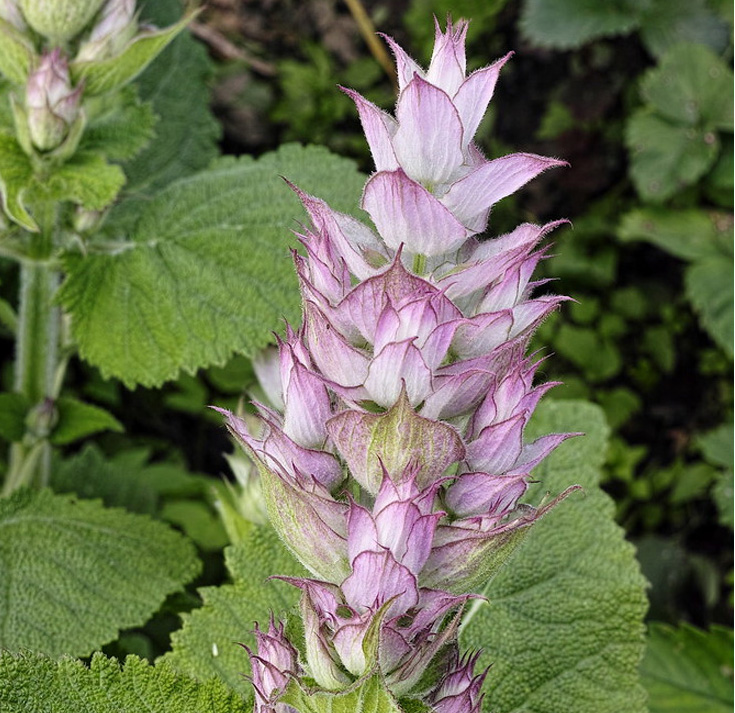

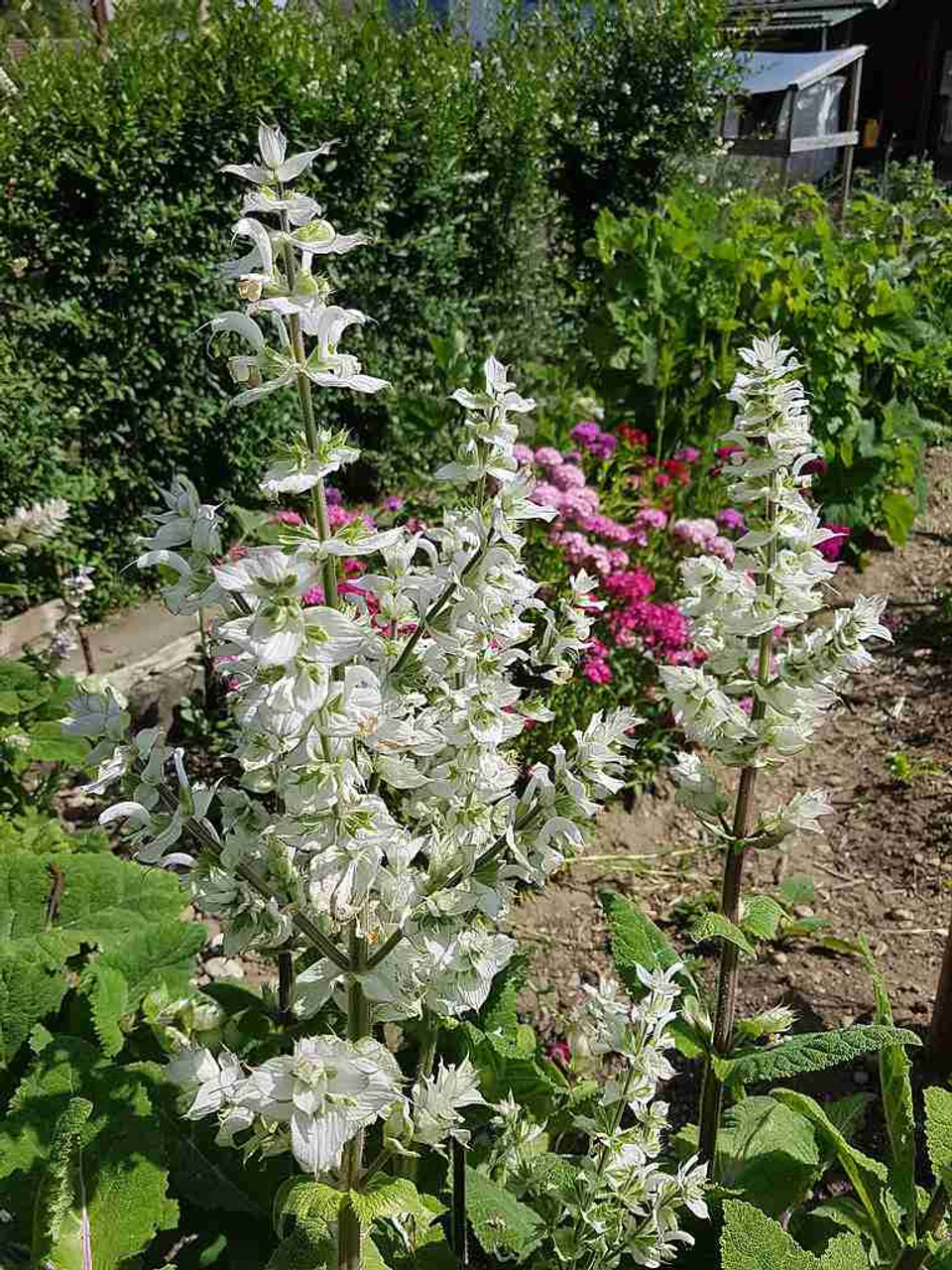

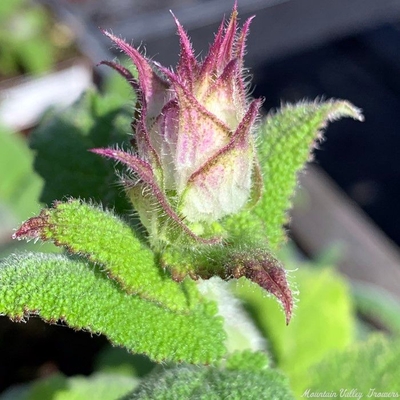

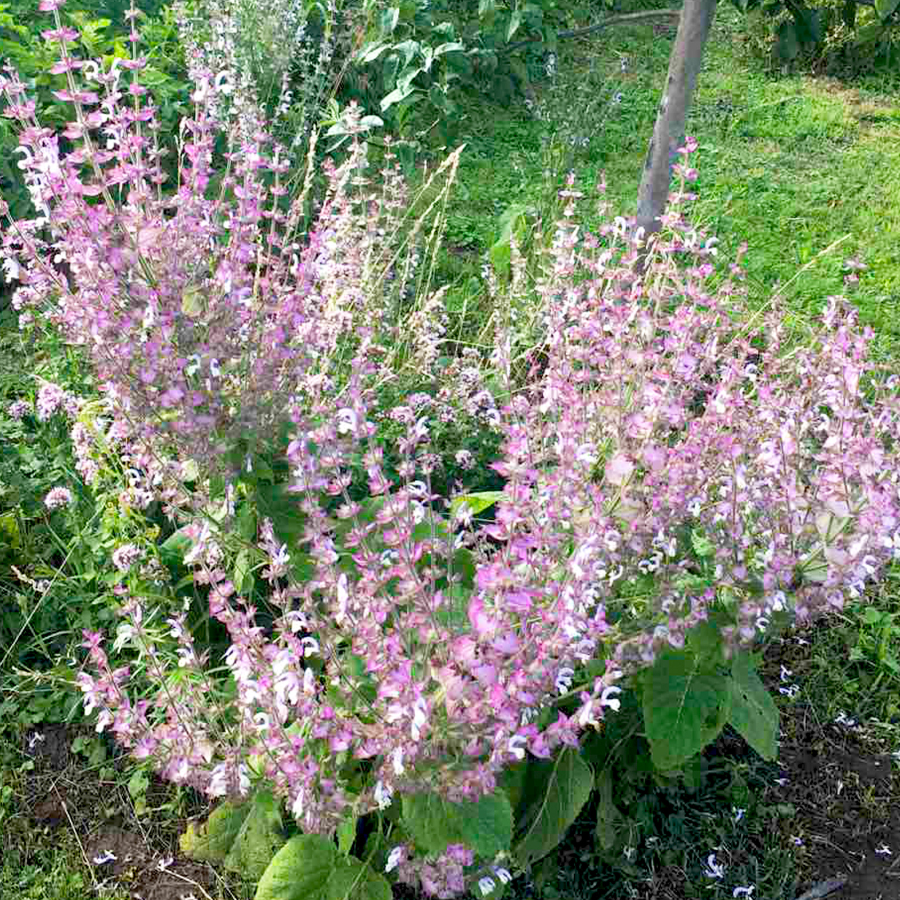
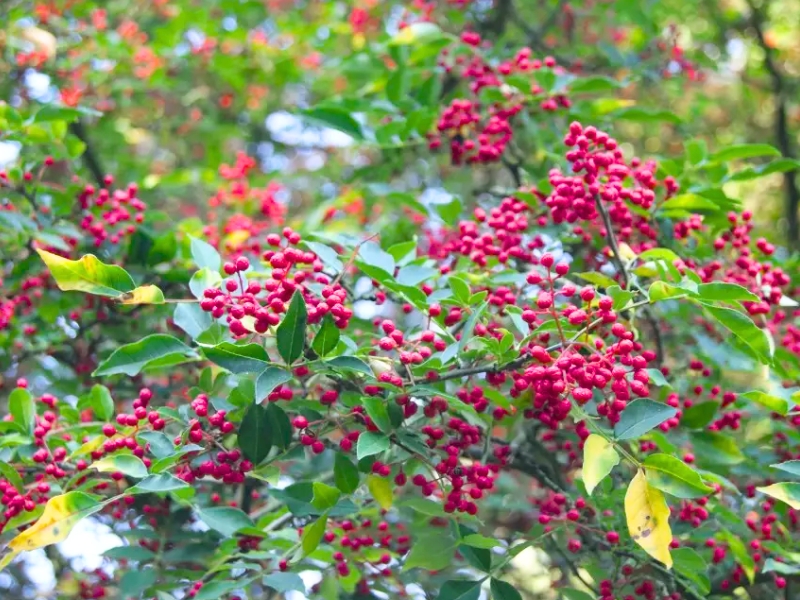
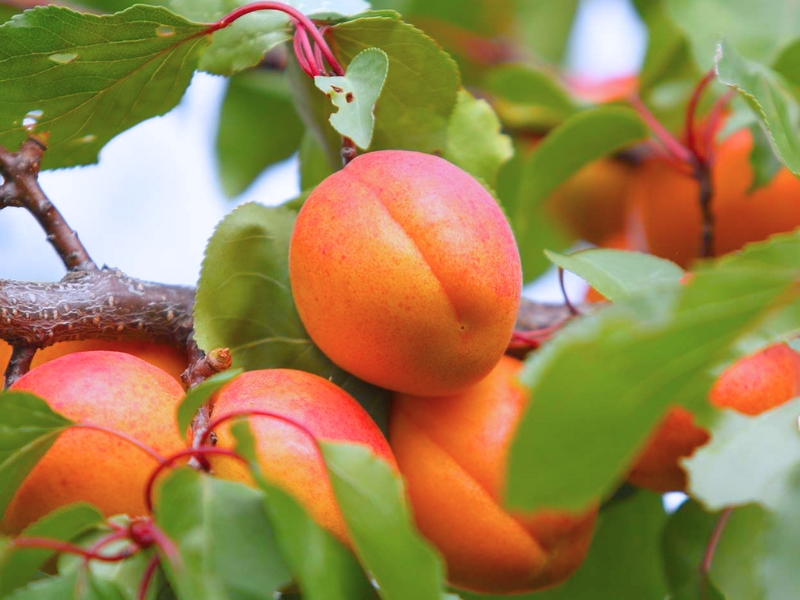
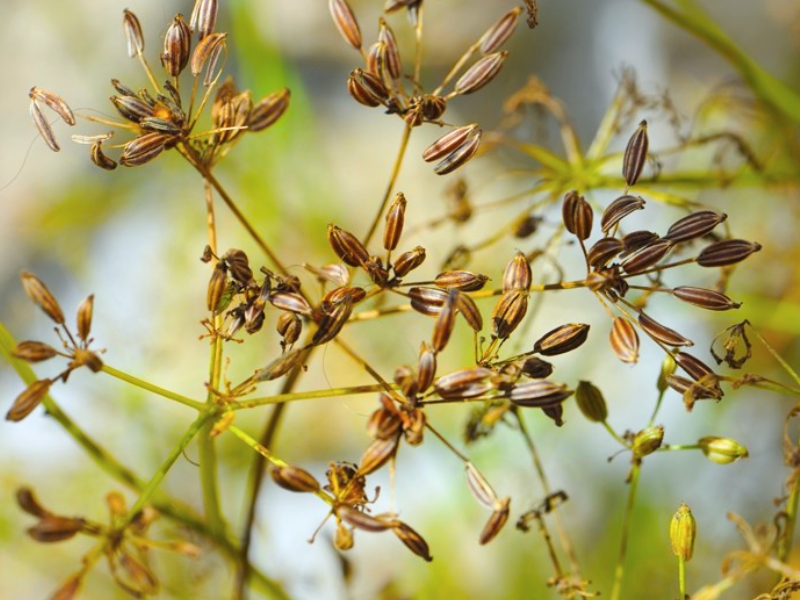
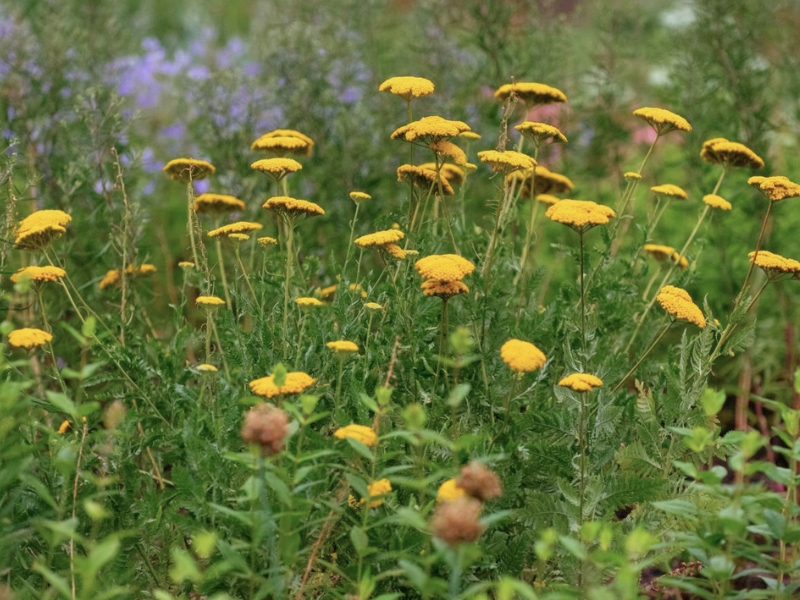
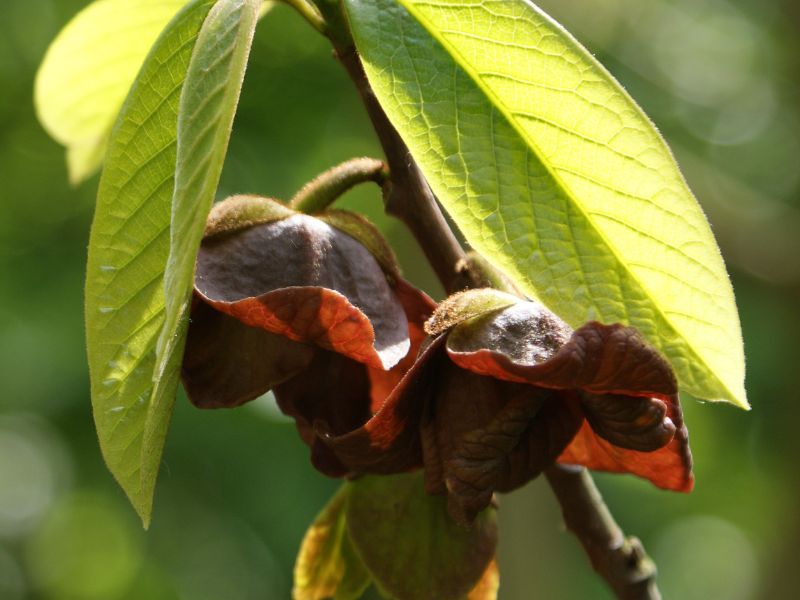
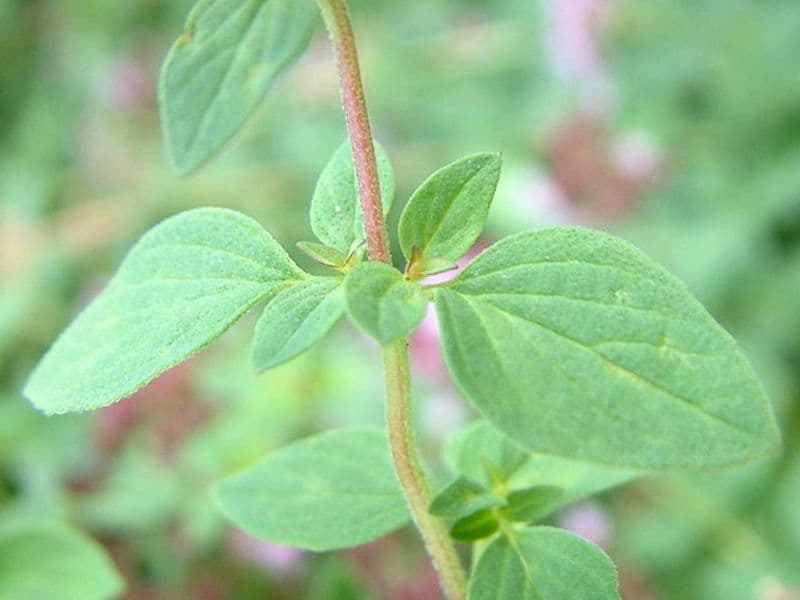
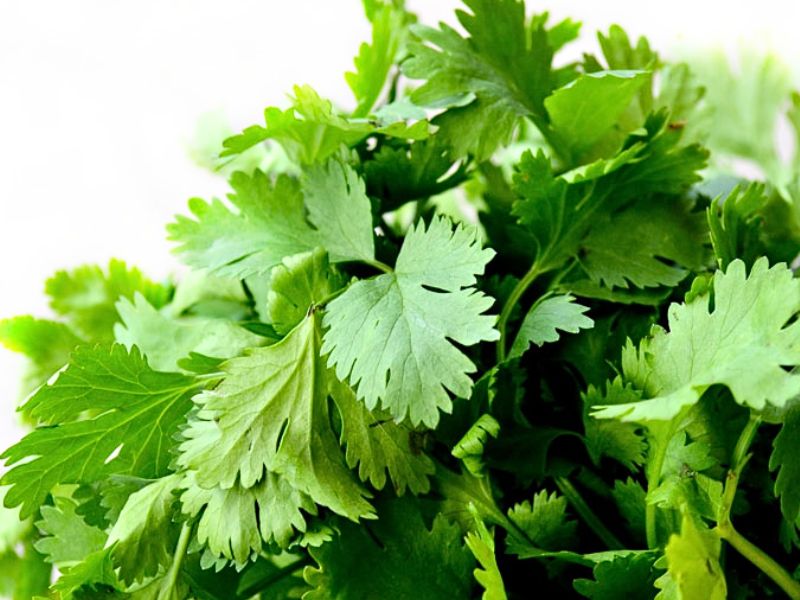
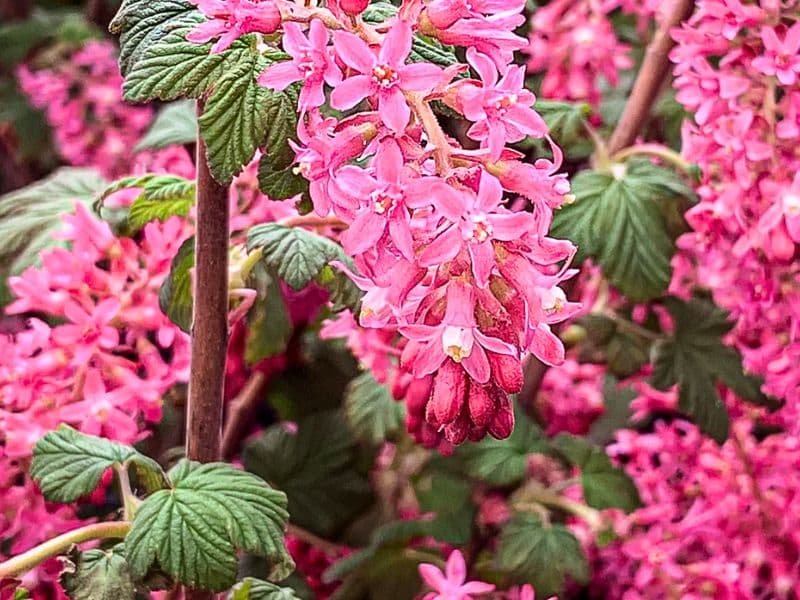
Leave a Reply